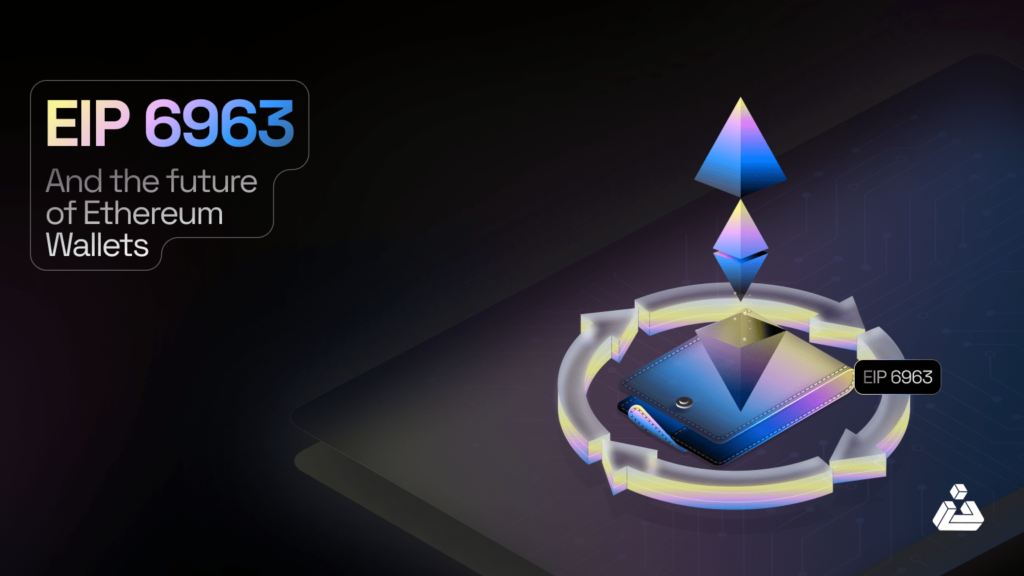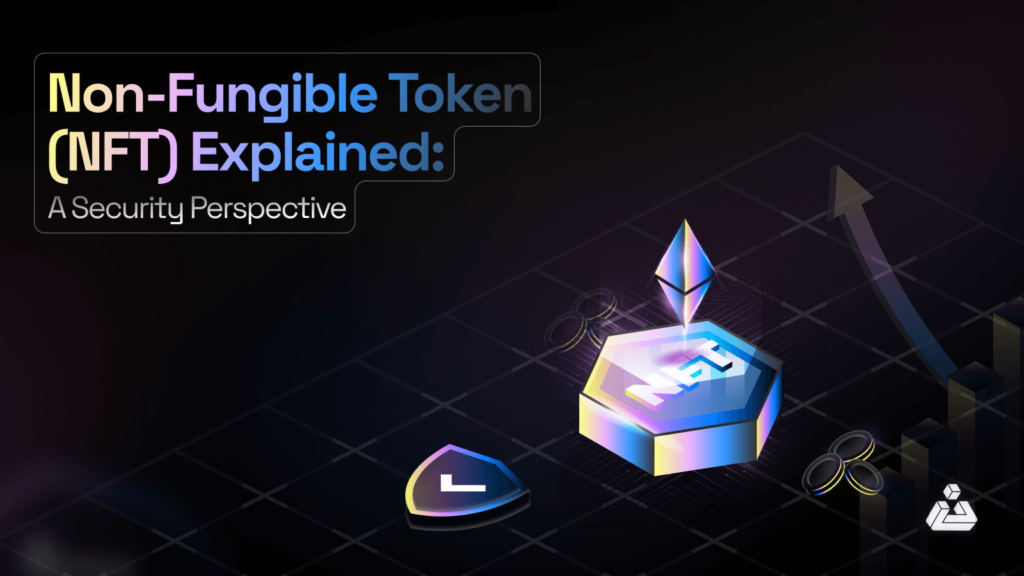How to Conduct a Smart Contract Audit

To mitigate the risks and vulnerabilities in smart contracts and ensure the integrity of your project, a smart contract audit is essential. This article explores the world of smart contract audits, explaining what they are, why they are crucial for your business, and the various stages involved in the smart contract audit process. Key […]
Bitcoin Runes 2024: Cryptocurrency’s New Vanguard or Digital Ruin?

Lately, there’s been a lot of talk about Web3 spaces, and one of the terms you’re likely to hear, echoed by enthusiasts and developers alike, is Bitcoin Runes. Bitcoin (BTC) halving on April 20 has been the biggest crypto news of 2024. The Bitcoin halving not only reduces mining rewards but also marks a new […]
EigenLayer: ETH Staking and How it Works

Tldr: EigenLayer is a generalized middleware protocol built on top of ethereum that introduces a new yet significant primitive called restaking. This primitive allows users that stake ETH on consensus layer to restake their ETH on Eigenlayer and extend crypto economic security for the protocols built on EigenLayer. Therefore, one could say that by restaking […]
Ethereum Dencun Upgrade: Everything You Need To Know

The Dencun upgrade, a hard fork in Ethereum Blockchain implemented on March 13, 2024, is a critical enhancement for Ethereum. The purpose of this upgrade is to tackle scalability by merging Cancun (execution layer) and Deneb (consensus layer) upgrades. It introduces a layered approach to improve efficiency and user experience. To understand the Dencun upgrade, […]
The Real Web 3.0: An Intent-Centric Revolution

The Real Web 3.0! The Dark Forest of blockchains & DeFi, the forest’s heart is filled with both exciting opportunities & complex challenges.
EIP 6963 & the future of Ethereum Wallets

EIP-6963 is going to be a game changer in the user’s experience of interacting with DApps and it will allow new players to come into the wallet space and have a fair chance of competing with other wallets.
Non-Fungible Token (NFT) Explained: A Security Perspective

The peculiarity of the enormous bids surrounding NFTs brings forward several questions about these digital assets. Is there a reason why people are willing to spend thousands of dollars worth of funds for them? What is the technology behind NFTs that ensures their originality? And most importantly, what security risks should I be aware of before I set out to purchase one? Understanding the answers to these common questions is becoming more and more essential as NFTs continue to be a valuable part of the spaces we operate in.
Revisiting Ethereum Classic in Light of the London Hard Fork

The successful upgrade of the London Hard Fork is a big difference from the fork leading to Ethereum Classic that took place back in 2016. However, despite their divergence, both are milestones in the Ethereum world- guaranteed to have lasting impacts on the blockchain as we know it. Read more to find out the circumstances surrounding each hard fork and the role they may play in shaping Ethereum’s future.
Bitcoin Halving 2024: Economic Dynamics And Market Perspectives

“The Times 03/Jan/2009 Chancellor on brink of second bailout for banks.” As the countdown to the quadrennial Bitcoin halving event begins, the sense of anticipation is immense among cryptocurrency enthusiasts and the Web3 community, especially with Bitcoin’s valuation already surpassing its previous all-time high by a notable 6.5%. This event is more than just a […]
The Critical Role of Oracles in Real-World Asset Tokenization

The critical role of Oracles in Real-World Asset Tokenization




